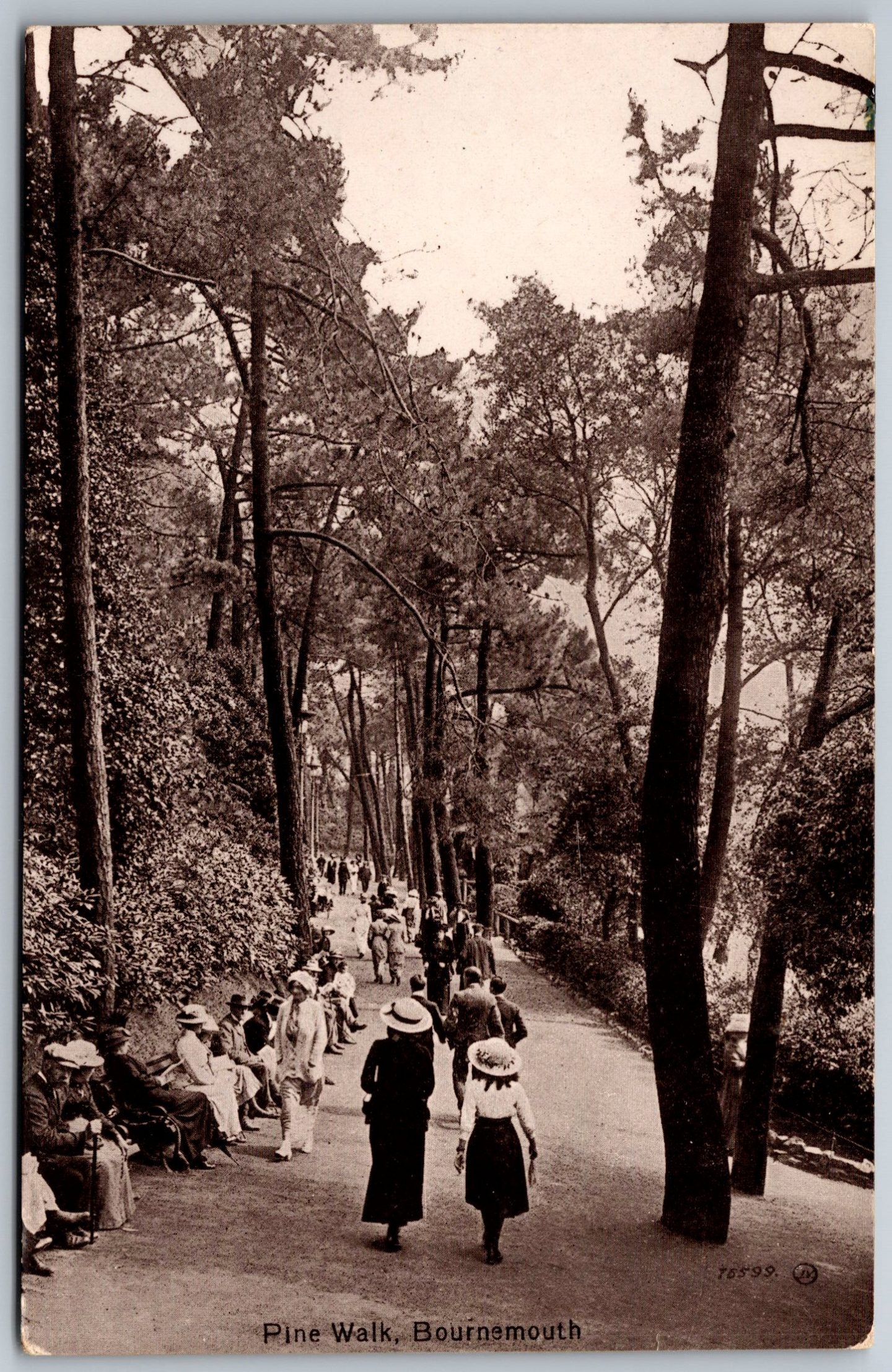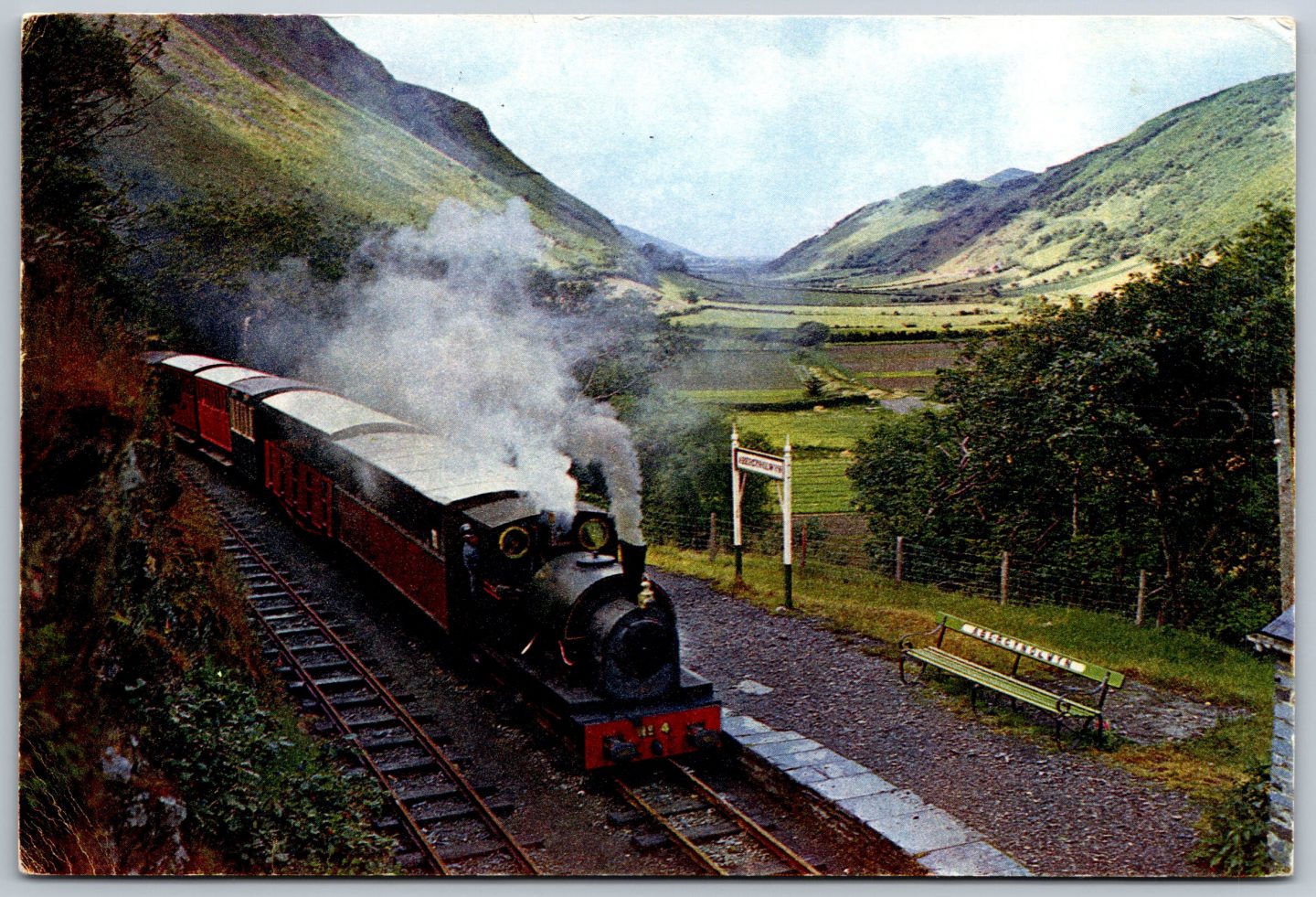If you’ve ever sorted through a box of vintage postcards, you’ll know that some can sell for pennies while others fetch surprising amounts. Pricing postcards (or other small collectibles) can feel confusing at first, but with a little research and consistency, you can set fair prices that attract buyers while still making a profit.
Here’s how I approach pricing my own postcards.
1. Check the Condition
Collectors care a lot about condition, so this should always be your first step when setting a price. A postcard in excellent shape with no writing, creases, or stains will generally be worth more than one that’s damaged. Even small flaws can make a difference.
Things to look out for include:
- Corners – are they sharp and crisp, or bent and softened with age?
- Surface – is the image bright and clear, or has it faded, scratched, or picked up stains?
- Back – has it been written on, and if so, is the writing neat and legible? Some collectors prefer unused postcards, while others love the charm of old handwriting and stamps.
- Postmarks – an unusual or particularly clear postmark can actually add value, especially if it ties into a significant date or location.

When you describe the card in your listing, be honest and accurate. It’s better to mention flaws clearly than to have a disappointed buyer who was expecting perfection. A clear description builds trust and encourages repeat sales.
2. Research Sold Listings
It’s tempting to look at what other sellers are asking for postcards, but that won’t always give you a realistic idea of value. Instead, focus on what’s actually selling.
On eBay, you can tick the “Sold Listings” filter, which shows you the final prices that buyers have paid. This is one of the best ways to see the real market value. Specialist postcard websites and auction catalogues can also be useful for rare or unusual cards.
Pay attention to the subject, age, publisher, and whether it’s a real photo postcard (RPPC). Real photo postcards are often sought after because they show unique images rather than mass-produced artwork. Make notes on what types of cards consistently fetch higher prices. Over time, you’ll build up a good sense of what’s popular and what tends to linger unsold.
3. Factor in Subject and Rarity
The subject of a postcard often matters just as much as its age or condition. Some themes are always popular with collectors. For example:
- Trains, trams, and old transport – particularly if the photo shows vehicles that no longer exist.
- Street scenes – collectors love seeing how towns and cities used to look, especially if buildings have since been demolished or modernised.
- Historical events – cards showing parades, coronations, or wartime scenes can be very collectible.
- Holiday resorts and seaside towns – nostalgic for many buyers, especially if they recognise somewhere they visited as a child.
- Novelty or humorous designs – embossed, colourised, or funny postcards often appeal to a wider audience.

A very common tourist postcard from a well-known spot might only sell for 50p to £2 if the subject isn’t particularly exciting. On the other hand, a rare view of a now-vanished building, or a quirky novelty card, could easily reach £10, £20, or even higher.
4. Set a Price Range
Once you’ve considered condition, subject, and market demand, it’s time to set a price. For ordinary postcards that aren’t especially rare, a price between £2–£5 is a good starting point. This range makes them affordable for both collectors and crafters who may use them in scrapbooks or journals.
For postcards with stronger collector appeal — such as an unusual RPPC, a rare subject, or one in near-perfect condition — you can comfortably list higher. Don’t be afraid to test the market. If you’re not sure, you can start with a slightly higher price and gradually lower it if there’s no interest, or run an auction and let buyers decide what it’s worth.
Keeping your pricing consistent also helps. If you have a shop or eBay store, try to set a clear baseline so buyers understand your pricing structure. This creates trust and makes it easier for repeat customers to browse your listings.
5. Consider Postage
Postcards are light and inexpensive to post, but there are still costs to keep in mind. It’s not just the stamp you need to think about. Don’t forget the extras, such as:
- Plastic sleeve to protect the postcard from moisture and handling.
- Board-backed envelope to keep it flat.
- Printer paper, if you include a printed invoice.
- Postage fee charged by your postal service.
All of these little extras add up, so make sure they’re reflected in your pricing or your shipping charge. Some sellers build postage costs into the item price and offer “free shipping,” while others charge a flat rate per order.
If you’re selling on Vinted, the good news is that postage is paid through Vinted itself, so you don’t have to worry about covering that cost. This can make things simpler and sometimes more appealing to buyers.
6. Think About Your Buyer
Not everyone who buys vintage postcards is a serious collector. Many people purchase them for creative projects. For example, I recently had a buyer who was creating a man shed and chose a vintage Homer Simpson postcard. Others may simply want a nostalgic reminder of a favourite place.
By pricing fairly, you can appeal to both groups. Collectors will be willing to pay more for rare or pristine cards, while crafters are more likely to pick up affordable postcards in bulk. Knowing who your audience is for each listing helps you strike the right balance.
Bringing It All Together
Pricing vintage postcards isn’t an exact science, and it often takes a bit of trial and error. By carefully checking condition, researching sold prices, paying attention to subject matter, and remembering your costs, you’ll start to see patterns in what sells quickly and what lingers.
Over time, you’ll build confidence in setting prices that work for you and your buyers. Vintage postcards may be small, but they hold a lot of history, and with the right approach, they can also bring in a steady income.


